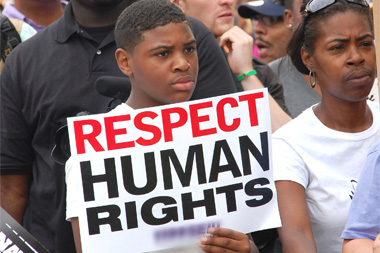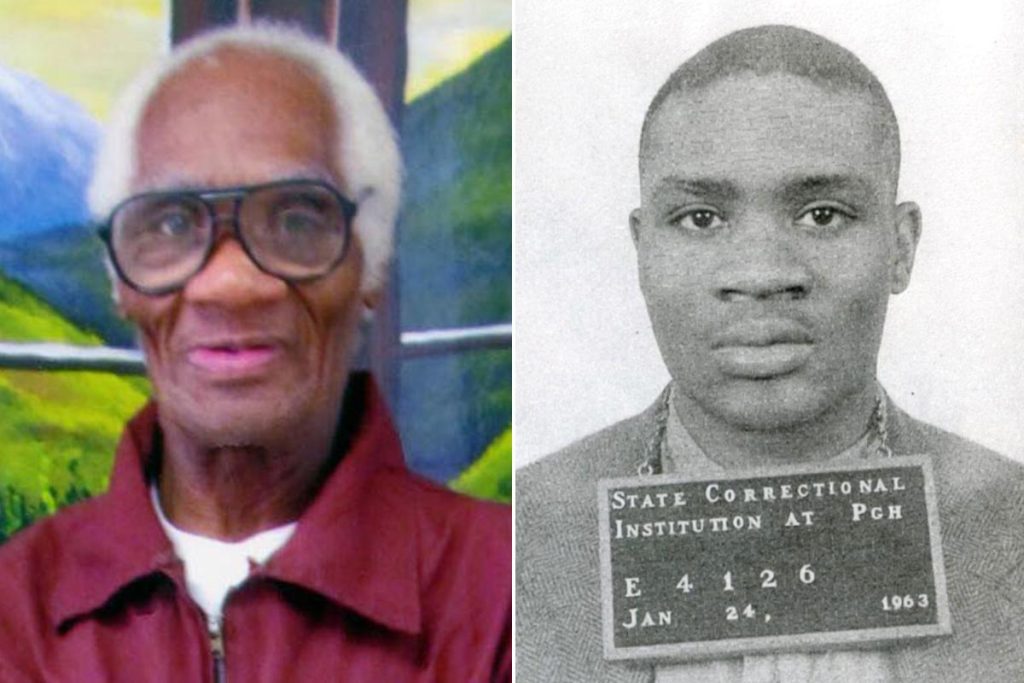
Question (Inequity in the Criminal Justice System)
Inequity in the Criminal Justice System
Please choose a current example (within previous year) of what you know if as an inequity in the CJ system
(law enforcement, courts, corrections, victim services, community support services, etc.) This should be from a news
article or other media that has garnered public attention. Please include the following in your presentation:
1. Introduction or overview of the event/crime/discriminatory practice
2. What makes this event problematic?
3. Now…Imagine that you are the leader of the agency discussed in your example. What do you do to ensure that this
practice does not continue?
4. please include the steps YOU will take to address the issue. Where do you go from here? What are the initiatives that must be implemented?
5. How do you ensure that the inequities don’t continue? How do you make sure that your initiatives have a greater
reach?
6. Conclude with final thoughts and a properly formatted APA reference page. —
Inequity in the Criminal Justice System Inequity in the Criminal Justice System
please make the slides for the powerpoint that answer all the questions in detail please. Thank you

Solution (Inequity in the Criminal Justice System)
Inequity in the Criminal Justice System
Ligon Released at the age of 83 Years

On February 11, 2021, Joe Ligon, a man incarcerated for 68 years, was released from prison at the age of 83 years. According to the Washington Post, Ligon broke almost every unenviable record as the longest-serving and eldest Juvenile Lifer in the US (Karen, 2021). He was only 15 years old when he entered in 1953, where he had been charged with two counts of first-degree murder and issued a mandatory life sentence without parole. In 2016, due to the Supreme Court ruling in Montgomery v. Louisiana, Ligon received a new sentence, and he could leave prison only if he agreed to be on parole, but he refused (Karen, 2021). In 2021, Ligon finally got a chance to live his self-determined dream of freedom. However, it cost the state about $3million to incarcerate him for almost seven decades, excluding medical treatments, especially an estimated 40 treatments for prostate cancer. It is evident that correctional facilities continue to hold an increasing number of elderly prisoners and are unable to meet their needs efficiently, especially because it costs far more to incarcerate them due to their demanding and expensive health needs, although they are of less danger to society.
Elderly Prisoners
Ligon’s situation is problematic because he is among many other aging men and women in US prisons who face the same challenges (Karen, 2021)……………for help with this assignment contact us via Email Address: consulttutor10@gmail.com
Also Read:

Latino Americans/Hispanics in the Criminal Justice System
Benefits of Female Police
Civil Liberties and Civil Rights: Similarities and Differences
